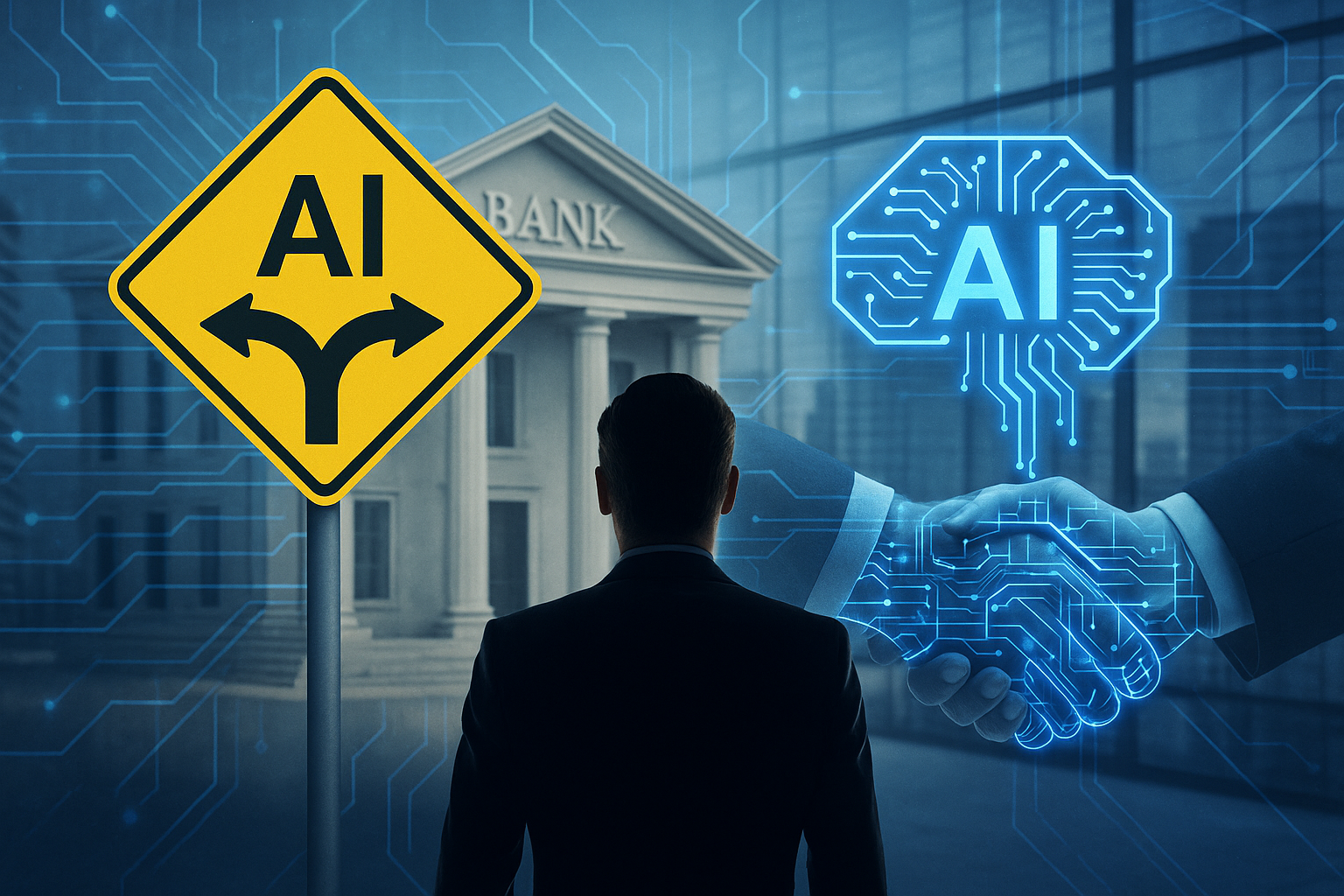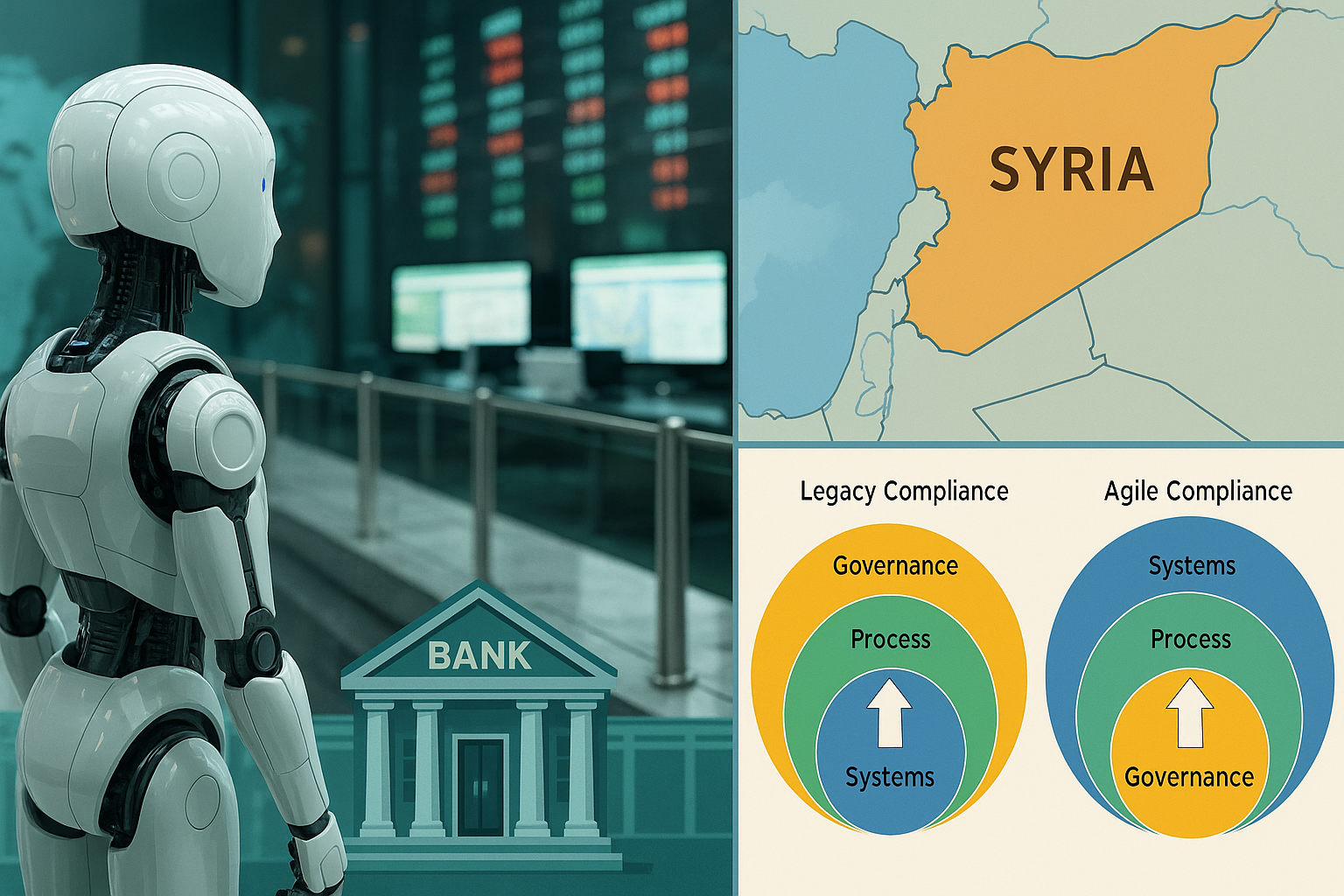Let’s Look at Blockchain, Again
 Mad and Bad, But Not a Fad
Mad and Bad, But Not a Fad
Blockchain has come a long way since the days when it could be confused with being a 90s boy band. Back then, no one was entirely sure if it was the next internet or just another Beanie Babies mania. Today, John Oliver’s quip that blockchain is “everything you don’t understand about money combined with everything you don’t understand about computers” still resonates, but is more than a bit outdated. Blockchain has proven that it certainly is not just a passing craze. Rather, like Keith Richards or Cher, or a cockroach it refuses to fade away. Instead, it’s dug in, learned new tricks, and evolved into the resilient backbone of a new era of digital trust.
As the world prepares for a second Trump presidency, blockchain stands at another inflection point, poised to shape our digital lives. If Bitcoin’s sprint to a $2 trillion market cap taught us anything, it’s that blockchain isn’t a fad—it’s a freight train cruising full throttle through the technology landscape, tooting its horn full blast at every doubter on the tracks.
Blockchain: The Great Validator
What makes blockchain so powerful? Think of it like a genealogical family tree of trust—a concept that started centuries ago with Friar Luca Pacioli’s double-entry bookkeeping (yes, that’s a real friar, not just someone from a Monty Python skit). He insisted we track transactions like grown-ups, with actual debits and credits. Jump ahead to 1991, and Stuart Haber and W. Scott Stornetta are cryptographically time-stamping digital documents. They basically said, “No more backdating! Your shady time travel accounting stops here!” Fast-forward again to 2008, and along comes Satoshi Nakamoto, who—like a digital Luke Skywalker—balanced the Force by solving the pesky “double-spend” problem. The result? Bitcoin, a system governed not by trust in institutions but by a chorus of code geeks ensuring everyone plays fair.
Why Blockchain Endures
In a world that chases fleeting trends faster than a Kardashian endorsement deal, blockchain endures because it addresses fundamental shifts in how we interact, trade, and verify stuff. We’re moving from top-down control to peer-to-peer everything—finances, voting, smack talk on Twitter—so a system that enforces trust without a meddling middleman is basically the prom queen of this new dance. Digital assets ignore borders and central banks, appealing to the skeptics who think old-school finance is about as fresh as a Blockbuster rental.
Beyond that, blockchain says, “Privacy? Sure. User control? Absolutely.” It lets you share just enough data to verify who you are or what you own, without handing over your entire life’s story. Over a decade after Bitcoin debuted, we’re no longer limited to a single cryptocurrency. We now have an entire circus of platforms and protocols—some juggling, some riding unicycles—that extend well beyond digital money. Need to verify that your diploma isn’t printed on your uncle’s inkjet? Blockchain can handle that. Want your cross-border payments to arrive before civilization crumbles? Smart contracts to the rescue! And what if you’d like to trace your morning coffee beans from a hipster farm in Guatemala to your compostable K-cup? Blockchain’s got you covered. Even democratic elections might one day get a blockchain-based booster shot, ensuring votes are verified and not just decided by your drunk neighbor’s pet ferret.
The Trump Effect: From Guardrails to Global Leadership
Now, cue the political backdrop: a second Trump presidency approaches, and the U.S. blockchain scene finds itself at a crossroads bigger than the one where Robert Johnson supposedly met the devil. During Trump’s first go-round, regulators put some guardrails up so the industry wouldn’t careen into a ditch of scams and confusion. The SEC, CFTC, and OCC each tried to wrangle this digital frontier. They slapped down fraudulent ICOs, clarified some digital assets, and let banks hold crypto like a proud kid showing off a rare Pokémon card.
This time, though, it could be different. With a Silicon Valley heavyweight, teed up as a potential crypto czar, the whispers suggest that rather than just building a fence, the U.S. might start planting a garden. Expect clearer rules, stablecoin standards, and compliance frameworks that say, “Play nice, and we’ll help you grow.”
Toward Enlightened, Balanced Regulation
To fully unlock blockchain’s potential, we need regulations that don’t smother it with a bureaucratic pillow. We’re talking sensible guidelines so inventors know what’s allowed, safe harbors so startups don’t need to watch their backs 24/7, and crypto-friendly banking so old-school finance and new-school tech can finally sit together at the same lunch table, and not eye each other with suspicion. Tax clarity would help, too—no one wants to pay their accountant in interpretive dances. Regulatory sandboxes let everyone experiment without nuking the entire market, and public education ensures that grandma understands blockchain is more than “that Bitcoin thing” her grandson won’t shut up about.
As blockchain scales, so do its challenges. We must handle more transactions than a Starbucks at Monday morning rush hour, ensure different blockchains speak the same language, trim energy use so we don’t cook the planet, and make it all so simple that even your Luddite uncle can use it.
Blockchain Is the Future
Here’s the bottom line: Blockchain’s story is bigger than one presidency, one country, or one moment in time. It’s a culmination of centuries of trust-building and verification, now juiced up with cutting-edge cryptography and global connectivity. This is tech that solves real problems—stamping out fraud, empowering individuals, and shining a floodlight on murky supply chains and opaque financial systems. It’s like the Swiss Army knife of digital trust.
With fresh leadership likely to embrace responsible experimentation, blockchain seems ready to leap from misunderstood rebel to shining exemplar of the digital era. Those who take the time to understand it—whether they’re policy wonks, bankers, or the next Satoshi wannabe—will help define our digital landscape for decades.
In short, blockchain is here to stay, and soon it’ll be as standard in your daily life as that first color TV you rolled into your living room—no more heading down to Sears every Saturday to gawk. Now you’d kick back at home, watching “Bonanza” blaze across the screen in all its glorious technicolor splendor. Your mission, should you decide to accept it, is to explain that reference to a cyberpunk.
Posts by Tag
- big data (41)
- advanced analytics (38)
- business perspective solutions (30)
- predictive analytics (25)
- business insights (24)
- data analytics infrastructure (17)
- analytics (16)
- banking (15)
- fintech (15)
- regulatory compliance (15)
- risk management (15)
- regtech (13)
- machine learning (12)
- quantitative analytics (12)
- BI (11)
- big data visualization presentation (11)
- community banking (11)
- AML (10)
- social media (10)
- AML/BSA (9)
- Big Data Prescriptions (9)
- analytics as a service (9)
- banking regulation (9)
- data scientist (9)
- social media marketing (9)
- Comminity Banks (8)
- financial risk (8)
- innovation (8)
- marketing (8)
- regulation (8)
- Digital ID-Proofing (7)
- data analytics (7)
- money laundering (7)
- AI (6)
- AI led digital banking (6)
- AML/BSA/CTF (6)
- Big Data practicioner (6)
- CIO (6)
- Performance Management (6)
- agile compliance (6)
- banking performance (6)
- digital banking (6)
- visualization (6)
- AML/BSA/CFT (5)
- KYC (5)
- data-as-a-service (5)
- email marketing (5)
- industrial big data (5)
- risk manangement (5)
- self-sovereign identity (5)
- verifiable credential (5)
- Hadoop (4)
- KPI (4)
- MoSoLoCo (4)
- NoSQL (4)
- buying cycle (4)
- identity (4)
- instrumentation (4)
- manatoko (4)
- mathematical models (4)
- sales (4)
- 2015 (3)
- bitcoin (3)
- blockchain (3)
- core banking (3)
- customer analyitcs (3)
- direct marketing (3)
- model validation (3)
- risk managemen (3)
- wearable computing (3)
- zero-knowledge proof (3)
- zkp (3)
- Agile (2)
- Cloud Banking (2)
- FFIEC (2)
- Internet of Things (2)
- IoT (2)
- PPP (2)
- PreReview (2)
- SaaS (2)
- Sales 2.0 (2)
- The Cloud is the Bank (2)
- Wal-Mart (2)
- data sprawl (2)
- digital marketing (2)
- disruptive technologies (2)
- email conversions (2)
- mobile marketing (2)
- new data types (2)
- privacy (2)
- risk (2)
- virtual currency (2)
- 2014 (1)
- 2025 (1)
- 3D printing (1)
- AMLA2020 (1)
- BOI (1)
- DAAS (1)
- Do you Hadoop (1)
- FinCEN_BOI (1)
- Goldman Sachs (1)
- HealthKit (1)
- Joseph Schumpeter (1)
- Manatoko_boir (1)
- NationalPriorites (1)
- PaaS (1)
- Sand Hill IoT 50 (1)
- Spark (1)
- agentic ai (1)
- apple healthcare (1)
- beneficial_owener (1)
- bsa (1)
- cancer immunotherapy (1)
- ccpa (1)
- currency (1)
- erc (1)
- fincen (1)
- fraud (1)
- health app (1)
- healthcare analytics (1)
- modelling (1)
- occam's razor (1)
- outlook (1)
- paycheck protection (1)
- personal computer (1)
- sandbox (1)
Recent Posts
Popular Posts
Here is a funny AI story.
Every community bank CEO now faces unprecedented...
On May 13, 2025, the U.S. government announced...



